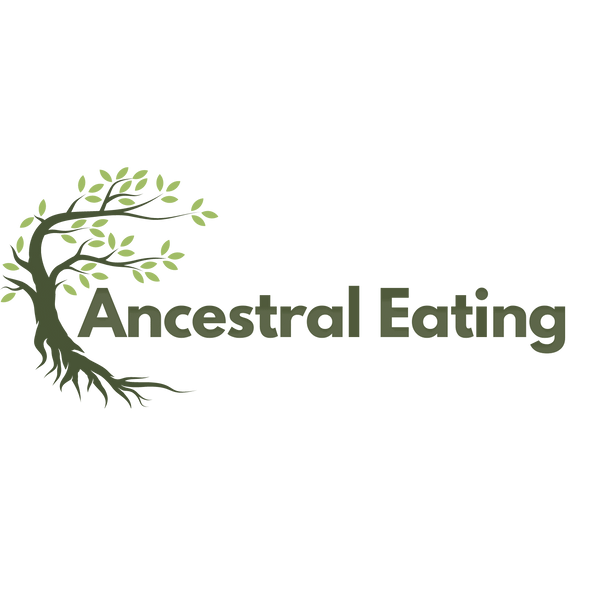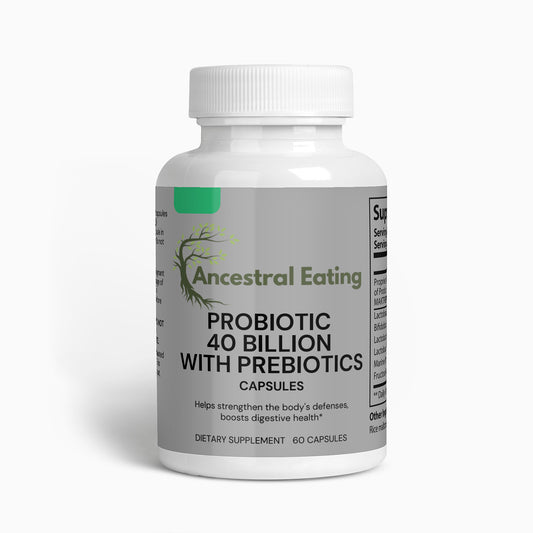The foods consumed by people in Canada over the last 500 years have seen significant changes, influenced by indigenous traditions, European colonization, immigration, and globalization. Canada's large size and geographic diversity have also contributed to a varied diet depending on the region.
Indigenous Foods:
- Berries: Various types of berries, like blueberries and cloudberries, were harvested.
- Fish: Salmon, trout, and other fish were commonly consumed, especially among coastal communities.
- Game Meats: Elk, deer, and moose were important sources of protein.
- Root Vegetables: Like wild ginger and Jerusalem artichoke.
- Corn, Beans, and Squash: The "Three Sisters" were commonly grown and consumed by some indigenous communities.
Colonial Influences:
- Wheat and Bread: Brought over by European settlers.
- Dairy: Cows introduced by Europeans increased the availability of milk, cheese, and butter.
- Root Vegetables: Potatoes, turnips, and carrots became staples.
- Apples and Pears: Introduced by Europeans and became common fruits.
- Pork and Beef: European settlers brought over domesticated livestock.
Immigration Influences:
- Asian Cuisine: Immigration from China, India, Japan, and other Asian countries brought new flavors and ingredients, like rice, spices, and various types of vegetables and fruits.
- Italian and Mediterranean: Foods like pasta, olive oil, and various herbs were integrated into the diet.
Modern Foods:
- Processed Foods: With industrialization, processed foods like canned goods, fast food, and frozen meals became available.
- Diverse Crops: Modern agriculture has allowed for a more diverse range of fruits and vegetables to be grown.
Regional Specialties:
- Atlantic Canada: Known for its seafood, especially lobster and mussels.
- Quebec: Known for dishes like poutine and tourtière, as well as maple syrup.
- Prairie Provinces: Known for grains, beef, and dishes of Eastern European influence like perogies.
- West Coast: Known for its seafood, like salmon, and influence from Asian cuisines.
Beverages:
- Tea and Coffee: Influenced by both British and French colonial rule, as well as modern North American trends.
- Alcoholic Beverages: Beers, wines, and spirits, with some regional specialties like Newfoundland Screech or Quebec's ice cider.
Sweets and Desserts:
- Pastries: Influenced by French and British traditions.
- Maple Syrup: Particularly popular in Quebec, but consumed nationwide.
- Fruit Pies: Like apple and blueberry, are common.
Indigenous Revival:
- There is a modern trend toward reviving and honoring traditional indigenous foods and cooking methods.
Globalization:
- Modern Canadian cuisine is highly diverse, reflecting the multicultural makeup of the country. Foods from all over the world can be found, especially in urban areas.
Overall, Canada's food landscape has undergone significant transformation over the past 500 years, from a diet rich in local flora and fauna to one influenced by global cuisines, colonization, and industrialization.






